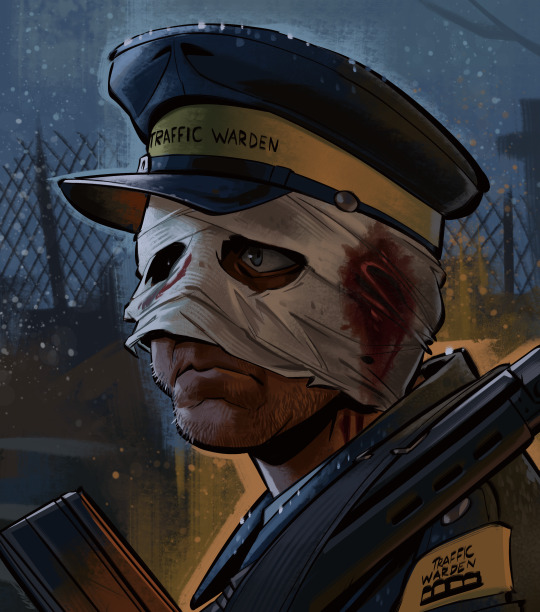Don't wanna be here? Send us removal request.
Text
Valaxanar is the 1st planet in the Binary Hellion-Sarnan system and is 1.5 the size of thr planet Earth with a radius of 9556 kilometers and has two moons Guntag(which is an exo moon) and Seleka smaller non exo moon) s a few billion years old. It is made from the same stellar dust that the other planets in the Inner Hellion system are made out of such as Dokar (which is also an exoplanet).The moon Seleka may be older then Guntag. While there were many of the biochemistry necessary for life Valaxanar's potential for life increased when a large comet collided with the early planet adding Hydrogen to Valaxanar's preexisting carbon. This comet that could be called "super guntag" had large amounts of water and Hydrogen,
The event was a Thea like event that made Valaxanar's axial tilt similar to Earth. Valaxanarian chemicals include methane, Carbon, Silicon, Oxygen, Boranes Sulfur, arsenic, fluorine, nitrogen, noble metals incljding Uranium in Valaxanar's core. Valaxanar has an active core which led to plate tectonics starting up early. Naturally formed steel and abyssal bubbles were formed in this time under the fluid.
Early Valaxanarian life started from microbes who formed microbial mats and living rocks. These eventually consumed the sulfur, fixed the nitrogen, carbon among other stuff. Microbial mats also had an impact on the Hydrogen sulfide that once poisoned Valaxanar's atmosphere the sulfide being detoxified by microbes. By this point there was liquid water, liquid nitrogen,ammonia and liquid methane all of which was fed on by microbial mats that formed the first primitive tissue. Both chemosynthesis and Photosynthesis emerged in the microbial mats. The plate tectonics let the mats go even deeper into the many Caverns and holes that existed reaching deep into Valaxanar's crust maybe deepening the Caverns.
With the heat that existed in Early Valaxanar wouldn't be surprised if the "Volcanoes" were hotter zones(heated by denser Uranium concentrations) or non tectonic volcanoes/shield Volcanoes that might be able to trace the future tectonic plates connecting the chain of hotter spots into plate boundaries
2 notes
·
View notes
Text
Rock in Delpsa
Rock size 9 inches
Rock type Igneus
Cobble rock
Age 30,000 years old
Elements
20 percent igneous silver
10 percent Silicon
20 percent Uranium
20 percent Iron
9 percent Flourite
5 percent Arsenic
5 percent cyanide
5 percent Diamonds
5 percent gold
3 percent platinum
1 percent Thorium
1 percent Zinc
10 percent Sulfur
Formed in the burning lakes of Arignen that may be more shallow closer to Volcanoes like Hill Zigu. The sediments that probably were marine sediments preceeded the Hotspot and the magma when it melted glued varying types of rocks together. But this probably already occurred millions of years before the creation of this Rock in mount Zigu. In the area of mount Zigu there was a megabreccia created by a Caldera collapse 3 million years before the formation of the rock the onset of water had created sandstone and the Monsoons that occur in the Eastron ocean moved more material in the sediments
Formed from eruption of mountain Zigy in the Hotspot of Arignen it erupted right into a sediment the Silicon magma absorbed the sediment the Volcano was already old by the time of its eruption in 30,000 BL the magma was 150,000 years old. The volcano was only 40 ft wide at base, and the peak of mount Zigu was 20 ft atthe time of eruption in and is a shield volcano, with Magma from 7 kilometers under Valaxanar's surface. From Mount Zigu the peak of the Volcano had 4 openings and several bumps with smaller openings 7 in all on the side there was 27 holes from which Magma could jump out. Water was shallow around the Volcano around 15 ft deep and the oceanic crust was young but the hot spot was creating islands. The water though was sedimentary with the heat activating loads of chemical reactions and eating up the sediment and distributing grains all over the crust. Established minerals were heated by the hot spot that was 3 million years old. The shallow lake was in the mountain range.
Contradictions In rock how did all those elements merge enough to form a cobble rock also its sedimentary and if it is in Arignen why would Arignen be in the ocean 30,000 years ago
Maybe it's in a lake also it looks like sandstone. Also the Volcano is acting pretty young. https://en.m.wikipedia.org/wiki/Breccia this sounds accurate.it mentioned avalanches those probably occur or occurred in a another landmass and then went inland into the mountain lakes probably from a nearby island The subsequent shield Volcanoes formed during following the Caldero collapse like mount Zigu added an additional layer of volcanic rock on top of the sediments in some places.
" I'm not sure that rock and mount Zigu are in the same area as the volcano above but if it is it could be combined with the volcano description to provide a picture of the geological history of the area.
0 notes
Text
drew a Volcano with the following methodology
use any ignorance of volcanoes to enable randomness
create volcano and as much idenifying features as possible" not sure I drew a volcano however it 2 hills one mesa and one cone, the mesa was 20 ft circumference at base and 15 ft circumference on top, the cone is 12 ft circumference on top and 20 ft circumference in the base the mesa is 15 ft tall and the cone is 20 ft tall , in between those 2 elevations (which is 40 ft) are water that is blue and 2 shades of green the one to the left of the mesa has bubbles. the mesa includes a large amounts of stripes and the water reaches to 70 percent of the mesa's height 60 percent of the cone's height. colors to the left of the mesa include orange for gold, black for graphite, green for topaz, and potassium bromide, purple flourite, at the base of the mesa is red with sulfur rocks intrusions in the red rock which is Fluorapatite, and aragonite, also at the bottom is realgar, the left side of the mesa is more uniform in composition including aluminum, platinum, Sphalerite(with Zinc sulfide in the rock), topaz, (particularly towards the top), silver, aluminum cyanide, iron, iron platinum alloy, sulfur, quartz, Cooperite (mineral, calcium carbonate, there is gravel in the water body inbetween the mesa and the cone, the mesa's base slope is straighter in the right then the left,. the top of the waters are greener then the lower part of the water body. The cone has 1-3 ft spots with yellow minerals and has stripes of realgar, it has the same iron-zinc, aluminum, and such as the mesa though the colors are clearer, the top pf the cone is not flat but has stalagtites or in any event is not flat but has lots of pointy rocks(probably crystals). The coned hill is higher then the mesa, in the top the body of water to the left it is gravel mixed with water and to the right of that is a miunt of sulfuric salt flourite, realgar, almost looking like a slab, there is marble inbetween the sulfitc salt, the cone is greener with bluer rocks, the sulfuric salt dune has arsenic and has a darker color
0 notes
Text

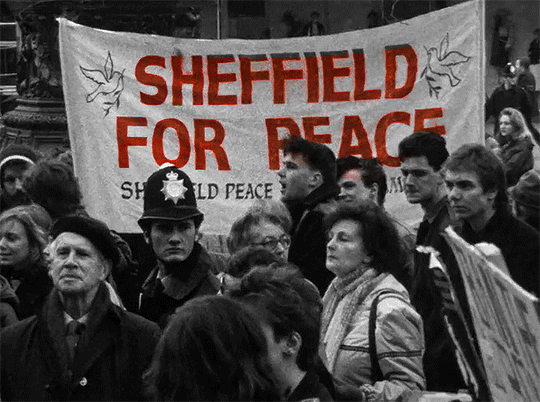
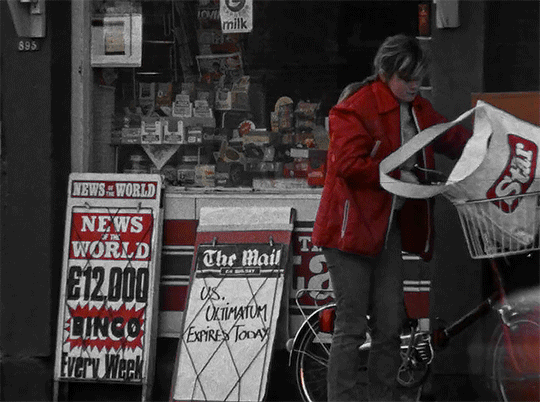
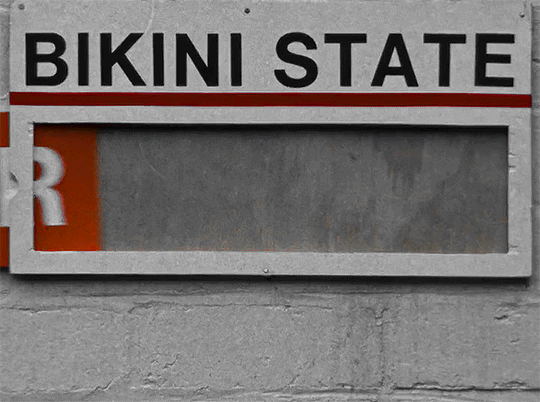

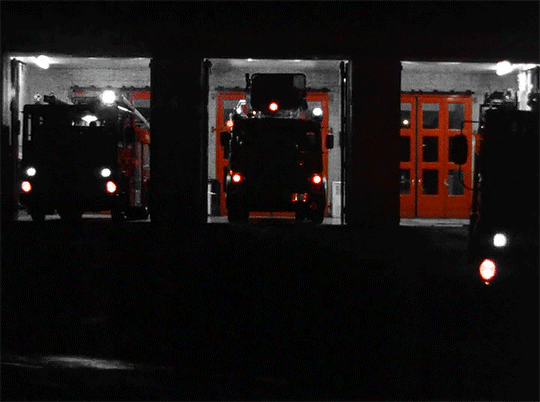

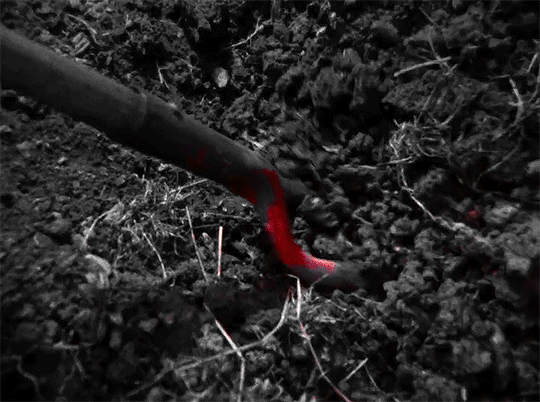
TJ MIKELOGAN'S HALLOWEEN 2023 EVENT Day 25: A movie or show that isn't horror, but still scared you
Threads (1984, dir. Mick Jackson) ↦ color isolation
104 notes
·
View notes
